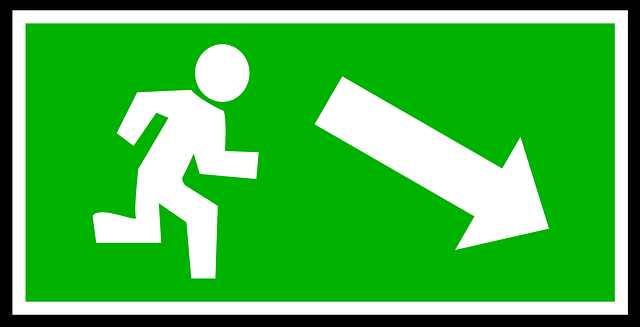
Never mess with a mama bear because you’ll get the teeth. However, you never want to mess with a bull either. Why? Because you get the horns. Last time, we defined a bear market, and what it meant for seniors in the stock market. Now, let’s have CNBC’s Krystal Hur help us define a bull market, and what needs to happen for it beat out the bear market we find ourselves in.
What is a Bull Market?
A bull market is when stocks rise 20 percent, and takes place after a bear market, where they fall 20 percent. In a bull market, stocks and other market assets grow in price. This is not to be confused with inflation, which is when prices rise and the economy stalls. Bull markets only occur in times of significant economic growth, where prices, jobs, and income rise together. Bull markets are considerable difficult to predict, and their longevity is even harder.
We are firmly in a bear market now. However, as Hur notes, financial reporters like ‘Mad Money’s’ Jim Creamer hold the idea that this bear may have the potential to turn into a bull. Generally, it’s not that simple, and for this idea to even work, several miracles must happen one after the other:
- Food and oil prices need to stabilize
- Unemployment may need to rise from 3 percent to 5 percent
- Bigger investors need to absorb more smaller investors, and stop with risky investing
- The advance-decline line (the stock indicator that subtracts decrease stocks from increasing) needs to even out
We may not reach a bull market anytime soon, but if even one of these things happens, our bear situation will become a little more tolerable. For more Social Security and Senior news and updates, make sure to follow the Council for Retirement Security.
Join in on the Council’s fight to protect the Social Security Trust today.



